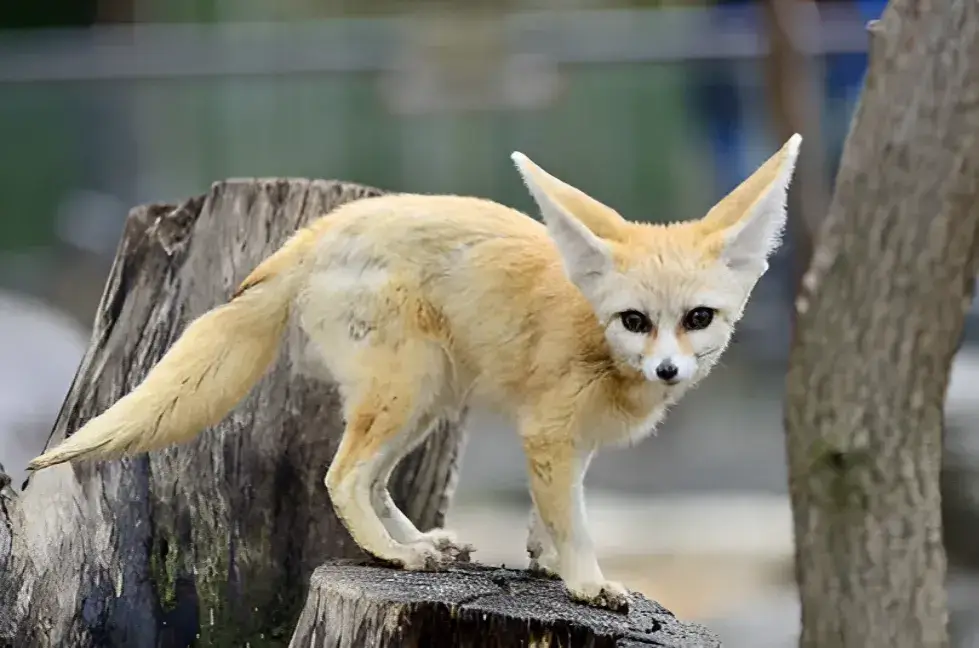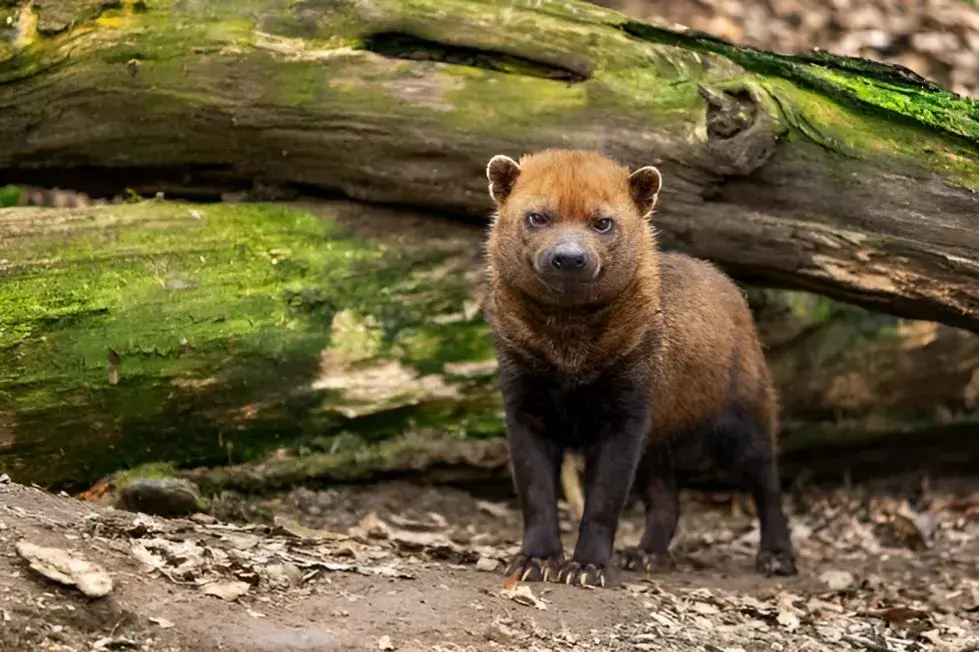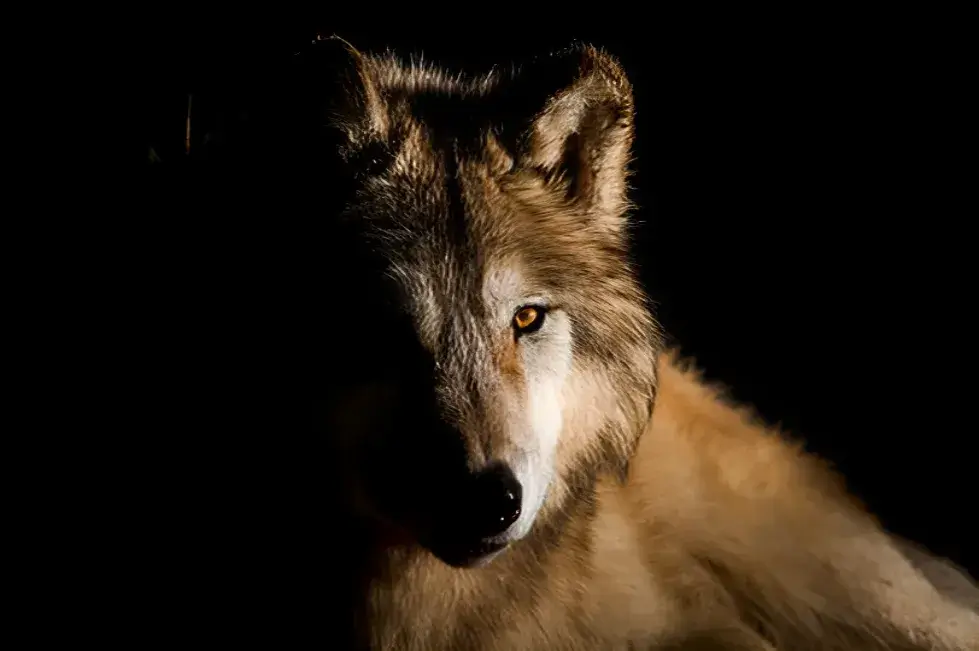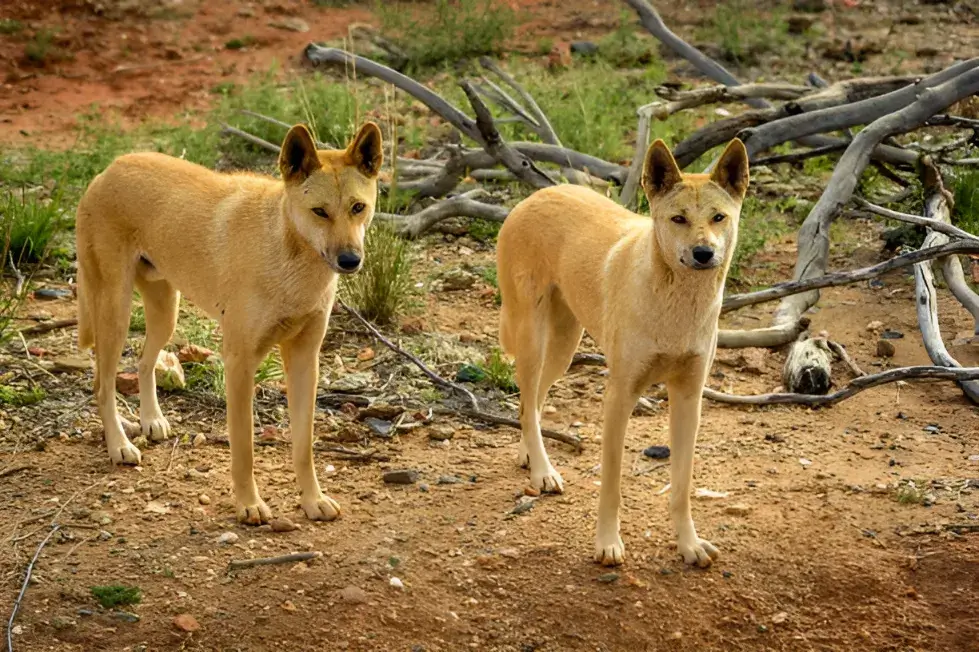Wild dogs, more accurately called wild canids, are a diverse group of animals found across the globe. Unlike domesticated dog breeds, these fascinating creatures have evolved independently for survival. Let’s explore the different types of wild canids, where they live, and the unique challenges they face.
Wolves: The Powerful Pack Hunters
Gray Wolves: The most widespread wild canid, found in North America, Europe, and Asia. They are iconic pack hunters with a complex social structure.
Red Wolves: A critically endangered North American species, smaller than gray wolves, with distinctive reddish fur.
Ethiopian Wolves: These slender, long-legged wolves are unique to the Ethiopian highlands and Africa’s rarest canid.
Foxes: Small but Smart

Red Foxes: Instantly recognizable, red foxes are highly adaptable and found across most of the Northern Hemisphere.
Arctic Foxes: Masters of camouflage with their thick white fur, making them perfectly suited to the snowy North.
Fennec Foxes: These adorable foxes have giant ears to help them survive in the desert’s scorching heat.
Jackals: Scavengers and Songsters
Golden Jackals: Common in Africa, Asia, and parts of Europe, they are cunning scavengers and opportunists.
Side-striped Jackals: Found in central and southern Africa, their unique markings give them their name.
Black-backed Jackals: With their striking black saddle, they’re primarily found in southern Africa
Unique Canids/Wild Dog

African Wild Dogs: These highly social hunters have beautiful patterned coats and an extraordinary cooperative hunting strategy.
Dholes: Also known as Asiatic wild dogs, they’re found in Asia and have a distinct whistling communication style.
Bush Dogs: These short-legged South American canids hunt in packs and have webbed feet adapted to semi-aquatic environments.
Myths and Misconceptions about Wild Canids
Many misconceptions surround wild canids. Here’s a chance to dispel some common myths:
Myth: All Wild Canids Are Vicious Predators.
- Reality: While wild canids are predators, their behavior varies greatly. Bush dogs, for instance, primarily hunt small prey like rodents. Respecting their wild nature is crucial, but fear-mongering is unhelpful.
Myth: Wild Canids Compete Directly with Domestic Dogs.
- Reality: Habitat loss due to human development is a far greater threat to wild canids than competition with domestic dogs. Responsible pet ownership and avoiding the illegal exotic pet trade are key.
Wild Canids and Domestic Dogs: The Connection
While they may share some distant ancestry, wild canids and domestic dogs have diverged significantly. Wild canids exhibit strong social behaviors essential for hunting and survival in the wild. Modern dog breeds, on the other hand, have been bred for specific traits and temperaments suitable for living with humans.
Famous Wild Canids

Orca, the One-Eyed Wolf: Orphaned as a pup, Orca was raised by researchers and later reintroduced to a wild pack, becoming a symbol of wolf recovery efforts in Yellowstone National Park.
Rocket, the Desert Messenger Dog: This brave Ethiopian wolf serves as a “biodiversity ambassador” in Ethiopia’s Bale Mountains, helping researchers track wildlife and raise awareness about conservation.
Threats to Wild Canids
Sadly, many wild canid species face severe threats:
- Habitat Loss: Deforestation, agriculture, and human development shrink wild canids’ habitats.
- Conflict with Humans: Canids are sometimes persecuted due to perceived threats to livestock.
- Disease: Outbreaks of diseases like rabies and canine distemper can decimate populations.
Conservation: Protecting Our Wild Canids
Protecting wild canid populations is crucial, organizations worldwide are working tirelessly:
- Habitat Preservation: Restoring and connecting protected areas.
- Reducing Human-Wildlife Conflict: Finding solutions for coexistence.
- Research and Education: To better understand wild canids and raise awareness.
Conclusion
The world of wild canids is complex and captivating. By appreciating their diversity and understanding the threats they face, we can help ensure their continued survival for generations to come.
The photo featured below the post headline is Credit: Posnov/gettyimages
I hope you find this post helpful and informative. If Yes’ feel free to share it with your friends!
Frequently Asked Question
Are wild dogs dangerous?
Like any wild animal, wild canids can be dangerous if threatened. It’s best to admire them from afar and respect their space.
Why are wild dogs important?
Wild canids are vital for maintaining healthy ecosystems as predators, scavengers, and seed dispersers.
Can I help wild canids?
Yes! Support conservation organizations, reduce your environmental impact, and spread awareness about these incredible animals.
What are the top 10 biggest wild dogs?
Here’s a list of some of the largest wild canids:
1. Gray Wolf
2. African Wild Dog
3. Dhole
4. Maned Wolf
5. Ethiopian Wolf
6. Red Wolf
7. Culpeo
8. Bush Dog (while short in height, they are stocky)
9. Golden Jackal
10. Coyote
What are 4 types of wild dogs?
While there are many species of wild canids, here are four major groups:
1. Wolves (including gray wolves, red wolves, Ethiopian wolves)
2. Foxes (including red foxes, Arctic foxes, fennec foxes)
3. Jackals (including golden jackals, side-striped jackals, black-backed jackals)
4. Unique canids (including African wild dogs, dholes, bush dogs)
Are there wild dogs in North America?
Yes! North America is home to several wild canid species:
1. Gray Wolves
2. Red Wolves
3. Coyotes
4. Arctic Foxes (in the far north)
What are wild dogs called in America?
Sometimes, “wild dog” is used generally for any wild canid in America. However, more specific terms are:
1. Wolves
2. Coyotes
3. Foxes (depending on the type)
What is the most dangerous wild dog?
Wild canids aren’t inherently dangerous to humans unless provoked. However, certain species, like gray wolves or African wild dogs, are powerful predators capable of inflicting harm if they feel threatened.
How are wild canids different from domesticated dogs?
While sharing ancestry, wild canids and domestic dogs have significant differences. Wild canids have evolved unique adaptations for survival, strong pack structures, and behaviors specialized for hunting and scavenging. Domestic dogs, on the other hand, have been selectively bred for companionship and specific tasks.
Where can I learn more about wild canids?
Here are some excellent resources:
(Add reputable conservation organizations: Wolf Conservation Center, IUCN Canid Specialist Group, etc.)
National geographic articles on wild canids
Research papers and publications (If you have reliable sources)

